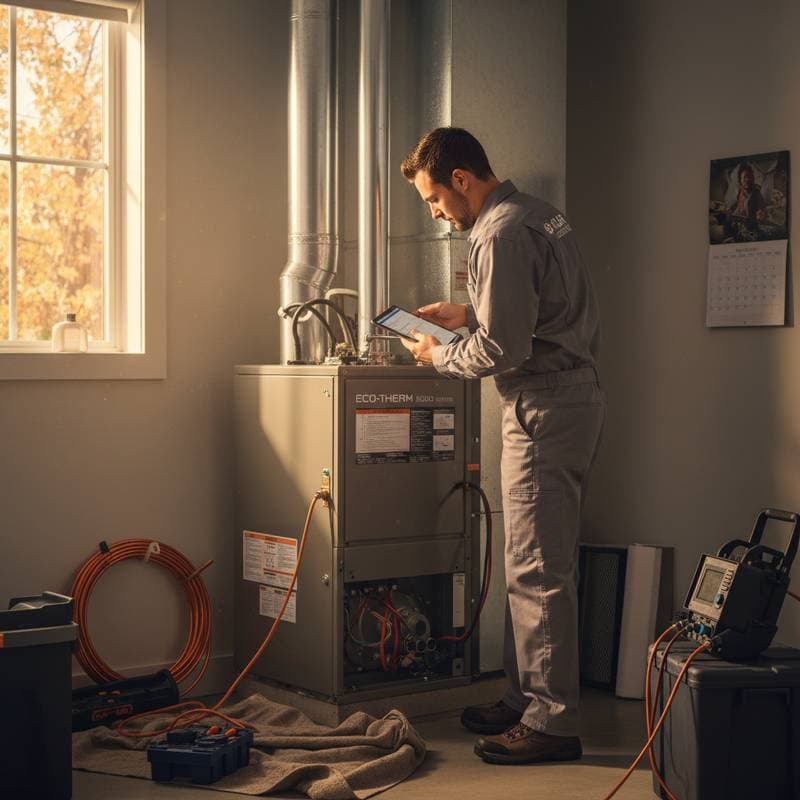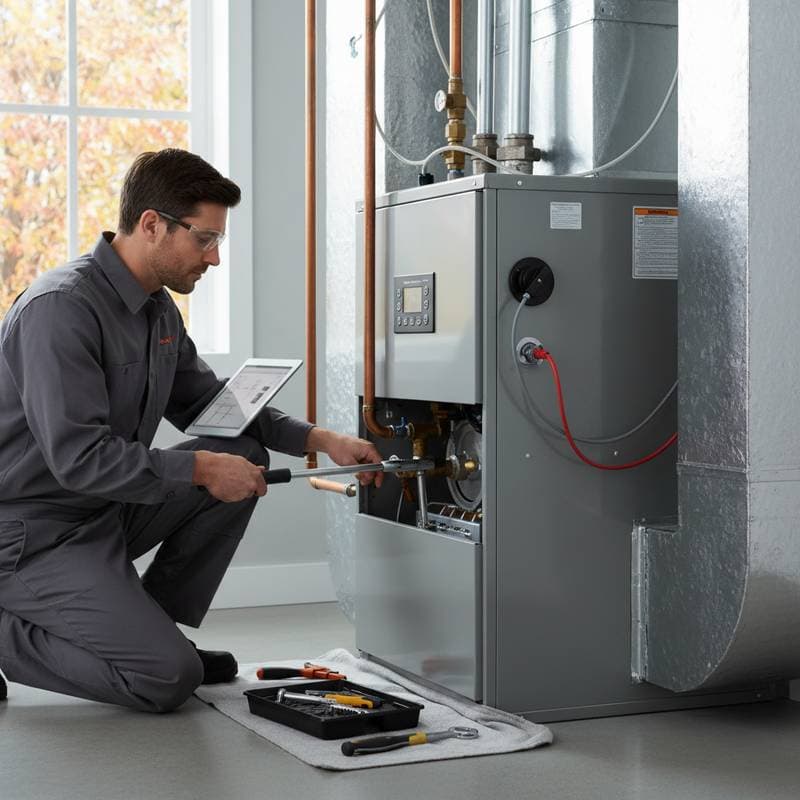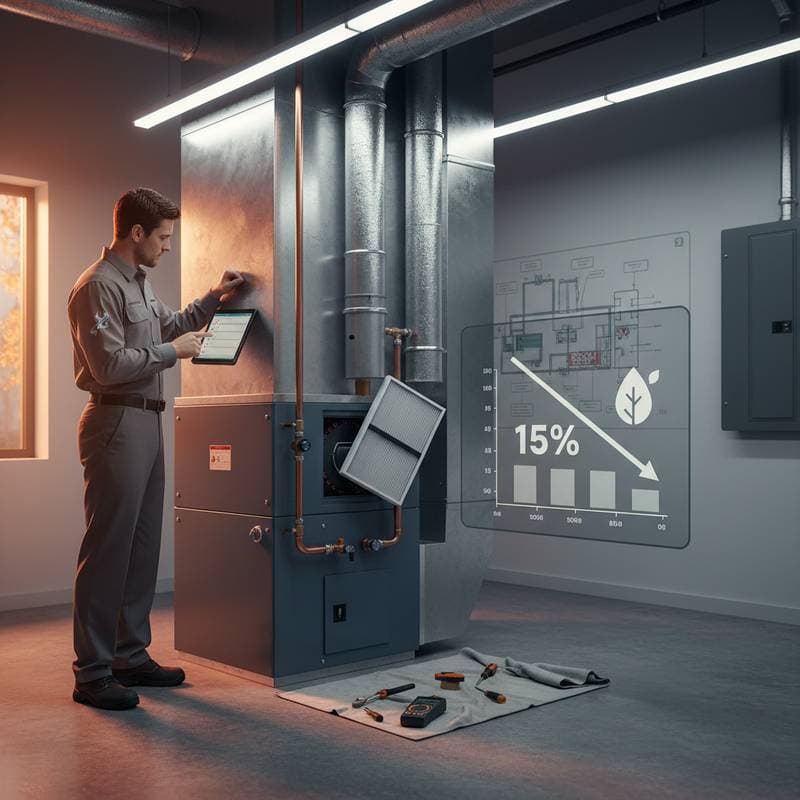Essential Steps to Prolong Your Water Heater's Lifespan
A water heater operates as one of the most reliable yet overlooked appliances in any household. It provides continuous hot water for daily tasks such as bathing, washing clothes, and cleaning dishes. Homeowners often neglect maintenance until a failure occurs. Regular upkeep extends the unit's service life, enhances energy efficiency, and avoids expensive repairs from leaks or malfunctions. This guide outlines key procedures to maintain optimal performance over time.
1. Conduct a Thorough Inspection for Leaks and Corrosion
Begin maintenance with a detailed visual examination. Examine the tank base and all plumbing joints for evidence of water accumulation, rust formation, or mineral deposits. A minor leak can accelerate corrosion if left unaddressed. Inspect the joints and connections on both incoming cold water and outgoing hot water lines. Tighten any loose fittings with care, or replace deteriorated components. Consult a professional plumber if corrosion appears to penetrate the tank structure, as this signals the need for full replacement.
2. Verify the Temperature and Pressure Relief Valve
The temperature and pressure relief valve serves as a critical safety feature. It releases excess pressure to prevent tank rupture. To perform the test, position a bucket beneath the discharge pipe. Lift the valve lever gently to allow a modest flow of water. Release the lever and observe; persistent dripping indicates the need for cleaning or replacement. Regular testing safeguards against hazardous pressure accumulation and promotes secure functionality.
3. Drain and Flush Sediment from the Tank
Sediment accumulation represents the primary factor that reduces a water heater's durability. Dissolved minerals from hard water deposit at the tank bottom, insulating the heating elements and increasing operational strain. Flush the tank annually or biannually to eliminate these buildup layers. Proceed as follows:
- Shut off electrical power to the unit or adjust the gas control to the pilot position.
- Shut the cold water inlet valve.
- Connect a garden hose to the drain outlet and direct it to a suitable drain or outdoor area.
- Open the drain valve to empty the tank fully.
- Briefly reopen the cold water valve to agitate residual sediment, then drain once more.
- Secure the drain valve, disconnect the hose, and refill the tank prior to restoring power.
This procedure typically requires 30 to 60 minutes and can enhance heating efficiency by as much as 30 percent. It also eliminates disruptive noises from sediment agitation.
4. Evaluate the Anode Rod Condition
The anode rod functions as a sacrificial element, corroding in place of the tank lining to ward off internal rust. Erosion occurs gradually, necessitating periodic assessment. Disconnect power, drain several gallons from the tank, and extract the rod via the top access port using a socket wrench. Replace the rod if its diameter measures less than half an inch or if calcium encrustations cover its surface. Anodes cost $30 to $50 and significantly prolong the heater's operational years.
5. Adjust the Thermostat to Optimal Settings
Optimal thermostat calibration balances safety, efficiency, and performance. Settings around 120 degrees Fahrenheit minimize energy consumption while sufficiently heating water to eliminate bacteria. Excessively high temperatures promote scalding risks and unnecessary power use; low settings fail to sanitize effectively. Locate the thermostat dial behind the side access panel. Modify the setting incrementally, then monitor water temperature after several hours of operation.
6. Examine the Expansion Tank
Closed-loop plumbing systems incorporate an expansion tank to manage thermal expansion. This component cushions pressure fluctuations as water heats. Ensure the tank mounts firmly without leaks. Tap its surface lightly; a hollow resonance confirms air presence in the internal bladder. A solid, metallic tone suggests bladder failure, requiring tank replacement to prevent system strain.
7. Apply Insulation to the Tank and Pipes
Heat loss through uninsulated surfaces drives up energy demands. Wrap the tank with a fiberglass or foam blanket, ensuring clearance around the thermostat and burner compartment. For pipes, install foam sleeves or adhesive wrap tape. Focus insulation on the initial segments of both hot and cold water lines exiting the unit. These upgrades recover costs through reduced utility bills in a short period.
8. Monitor for Abnormal Operating Sounds
Unusual auditory cues signal potential issues. Popping or banging typically arises from sediment interference at the tank base. Crackling may indicate electrical problems in the heating elements. Observe sounds during routine cycles; a consistent, low hum signifies normal function. Investigate and address persistent irregular noises promptly to avert further damage.
Schedule Routine Upkeep for Reliability
Consistent maintenance doubles the expected lifespan of a water heater compared to an unattended unit. Dedicate one to two hours per season to these inspections and procedures. This approach averts water damage emergencies and replacement expenses that often exceed thousands of dollars. Maintain a detailed log recording inspection dates, flushing activities, and component replacements. Seek professional assistance for symptoms such as rusty water or fluctuating temperatures.





